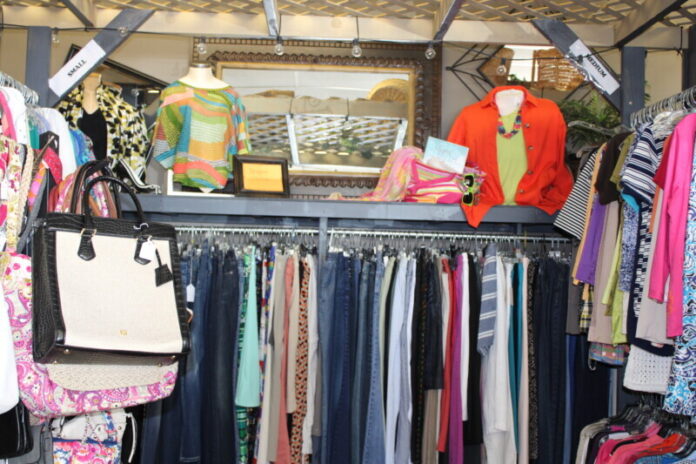According to nationaldaycalendar.com, National Secondhand Wardrobe Day, on August 25, 2025, “is a day dedicated to promoting the benefits of buying and selling used clothing, including cost savings and environmental impact.” While the exact origin of the day is unknown, it has done much to bring attention to the benefits of buying and selling used clothing.
The buying of secondhand clothing has had a historical stigma due to a fear of uncleanliness and an association with poverty. While the stigma has been diminishing over the years, radical positive changes to that idea were brought on by the pandemic, making the wearing of used clothing chic. Kate, Princess of Wales, has been seen wearing thrifted evening gowns to promote environmentalism, as have many actors, including Zendaya. Other famous people who love unique vintage finds include Sara Jessica Parker, Helen Mirren and even Meghan, Duchess of Sussex.
Secondhand clothing markets can be traced as far back as the Middle Ages. They grew extensively with the Industrial Revolution and mass production, which has led to a massive increase in discarded clothing. According to eachgreencorner.com, “This shift created a market for secondhand clothing, initially driven by charitable organizations like the Salvation Army and Goodwill, who used reselling clothing to fund their programs.”
The global secondhand apparel market was estimated to be worth $227 billion in 2024. Projections indicate a significant rise to nearly $370 billion by 2027, according to Statista. The US market alone is a substantial part of this, with an estimated value of $50 billion in 2024, according to Capital One Shopping. Much of this increase is due to the market moving onto the internet with sites like Poshmark, ThreadUp and The RealReal, which sells used, high-end designer items.
Shopping secondhand decreases waste going into a landfill, provides discounted prices, and offers unique items not found in regular clothing stores.
Buyers who are long-time thrifters offer hints on how to shop in antique stores, consignment shops, thrift stores, estate sales, garage sales, and online. Thrifting is different from regular shopping, especially since items are mostly not returnable. Here are a few hints:
- Make sure you know your measurements. Many times, size tags are long gone. Also, sizing varies wildly depending on the quality of the item. Low-quality items tend to run small, and natural fibers may have shrunk with wear.
- Look everything over thoroughly. A quick once-over may not catch a stain that eventually ends up driving the wearer nuts. Secondhand clothing is sold “as-is.”
- If you can, try it on before you buy.
- While most secondhand clothing is washed before selling, it is always a good idea to wash the clothing or have it dry cleaned before wearing.
- Know your style and your wardrobe before you shop.
- Learn a little about fabrics. Know how fine fabrics feel and how all different kinds of fabrics need to be cleaned.
- Know your maintenance limits. Fine garments take extra care, so unless you find a great deal on a silk summer dress, for example, know what it is going to take to maintain it over time and decide if you are willing to take the time to care for it.
- If you are buying online, it pays to be extra, extra careful. Check a seller’s ratings and take a really good look at how they present the items. If they do not show photos of any stains or flaws, ask. Ask about measurements and fit, especially with shoes. Double check colors, as photos are not always true to the shade once you get it.
- It is good to go with a specific list of things you are looking for, as there may be lots of cute things that are a distraction and will lead to impulse buying.
- Set a budget and stick to it.
There are lots of places to go online for additional tips and tricks, including Consumer Reports, Southern Living, and The Guardian.
Subscribe to our FREE Newsletter!






















